Inside the quest to recapture Mexican drug lord Caro Quintero
Since 1985, when US DEA agent, Kiki Camarena was killed, a task force has sought to capture the man accused of being involved in the death, now he’s behind bars once again. Kevin Sieff and Mary Beth Sheridan tell the story
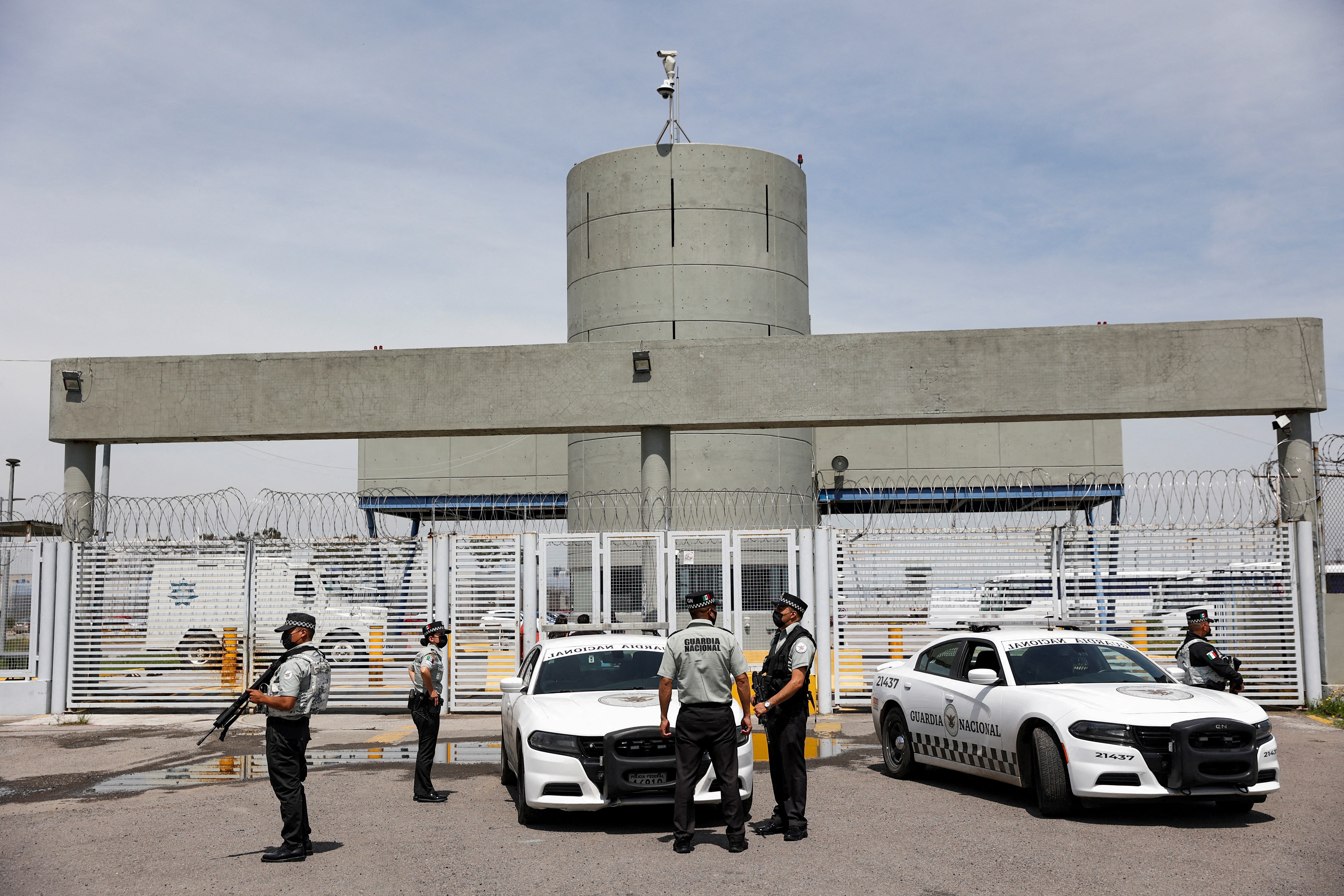
Your support helps us to tell the story
From reproductive rights to climate change to Big Tech, The Independent is on the ground when the story is developing. Whether it's investigating the financials of Elon Musk's pro-Trump PAC or producing our latest documentary, 'The A Word', which shines a light on the American women fighting for reproductive rights, we know how important it is to parse out the facts from the messaging.
At such a critical moment in US history, we need reporters on the ground. Your donation allows us to keep sending journalists to speak to both sides of the story.
The Independent is trusted by Americans across the entire political spectrum. And unlike many other quality news outlets, we choose not to lock Americans out of our reporting and analysis with paywalls. We believe quality journalism should be available to everyone, paid for by those who can afford it.
Your support makes all the difference.For years, the secret US task force was devoted to finding a single man. They tracked his whereabouts in the jungles of northwestern Mexico. Over and over again they planned aerial raids meant to pluck him from the tent where he slept.
The team took the initials of the target himself: “The RCQ Task Force,” for Rafael Caro Quintero.
Until his capture last week, the 69-year-old Caro Quintero was the Drug Enforcement Administration’s most wanted man, accused of killing DEA (Drug Enforcement Administration) agent Kiki Camarena in 1985 and then resuming a drug trafficking career after a technicality got him released from a Mexican prison in 2013.
Publicly, both countries have presented his apprehension as a hard-fought victory in the war against drug trafficking and impunity. But the quest to arrest Caro Quintero was in fact one of the most nettlesome US objectives in Mexico for nearly a decade, a wedge between the two nations that seemed to never go away.
“This should’ve happened years ago to prevent RCQ from continuing his drug trafficking into the United States,” said Timothy Shea, who was the acting DEA administrator from 2020 to 2021. During that time, he kept a wanted poster for Caro Quintero on his office door. “The government of Mexico acts only when it’s in their political interest to act,” he said.
Between 2013 and 2022 – as the reward for his capture went from $5m (£4.2m) to $20m (£16.6m) – the US and Mexico waged 12 failed operations to nab Caro Quintero, according to former and current US officials. Many of those operations have not been previously reported. US officials said they believe they were foiled by high-level Mexican leaks, a sign that the Mexican government was protecting him.
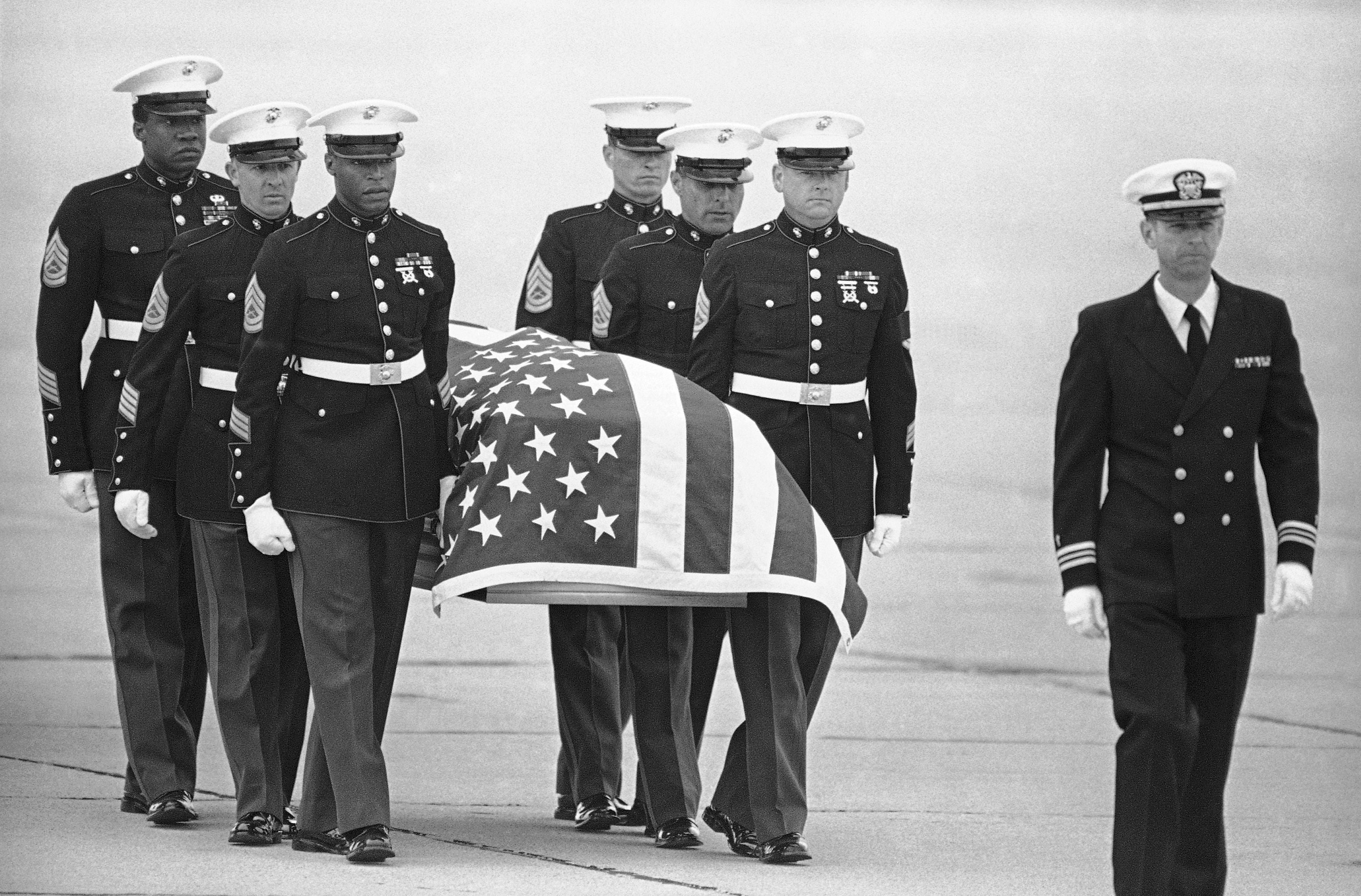
Jesús Ramírez, the spokesman for President Andrés Manuel López Obrador, rejects such allegations. “We have acted very firmly against drug cartels,” he said last week, noting the 2020 capture of the head of the Santa Rosa de Lima cartel and other arrests. “But we don’t want warlike operations that harm our regions.”
US officials say they had long ago identified where Caro Quintero was living in rural Sinaloa, just a few miles from a Mexican military base in a village he ran like a fiefdom. He moved around via motorcycle and ATV, guarded by security teams that rotated every week. The DEA had converted some of Caro Quintero’s relatives into informants, said one former senior US official, and even knew which dirt roads he took to visit his girlfriends.
Yet when Caro Quintero was caught on 15 July, López Obrador claimed the operation was planned and executed entirely by Mexico. Current and former members of the RCQ Task Force called that absurd, saying they had been feeding intelligence to the Mexican marines and army for nine years. These task force members, along with other officials, spoke on the condition of anonymity because of the sensitivity of the mission.
The killing of Camarena is in some ways the DEA’s origin story in Mexico, a foundation upon which the drug war was built
The US government had repeatedly pressed for Caro Quintero’s arrest with multiple Mexican presidents. In the final days of the Trump administration, Attorney General William Barr raised the issue with Mexico’s foreign minister, Marcelo Ebrard, as the two discussed the case of a Mexican general who had been detained at the Los Angeles International Airport on disputed drug trafficking charges. Barr had a request for Ebrard before releasing the general to return to Mexico.
“I made clear to the Mexicans that getting Caro Quintero back was one of our highest priorities,” Barr said in a recent interview with The Washington Post. “It was institutionally important for the DEA, and it would also take an important player off the board. I had a high degree of confidence it could be done if the Mexicans were willing to do it.”
Around January 2021, the two countries began planning an operation to nab Caro Quintero – roughly the 10th time he was targeted. Yet this time, with López Obrador’s approval, US officials believed their chances of success were high.
The operation wasn’t unlike previous attempts. The intelligence came mostly from American agents, who by then were speaking directly to some of Caro Quintero’s associates in Sinaloa, according to former US officials.

A team of Mexican marines flew several Black Hawk helicopters into a part of northern Mexico known as the “Golden Triangle.” But when the Black Hawks landed in the town of Babunica, Caro Quintero’s birthplace, he was gone.
Again.
“Another leak,” one DEA official recalled recently.
Mexican officials say corruption was less a factor than Caro Quintero’s formidable network.
His men “control everything. They have informants, guards, people in the mountains watching for drones. They are very careful,” said a former senior Mexican security official, who participated in several failed operations to detain Caro Quintero.
US military officials have estimated that between 30 and 35 per cent of Mexico is ungoverned territory, where criminal organisations operate with impunity. Caro Quintero’s case seemed to exemplify that reality; though he was one of the FBI’s highest-priority fugitives and easily located, Mexico seemed unable to catch him.
“He was a ghost,” the official said.
In the DEA conference room in Mexico City, a picture of Enrique “Kiki” Camarena hangs high on the wall.
“Like Mother Mary in an Irish family’s kitchen,” said one US official.
Some agents wore pins on their lapels that said “Remember Kiki.” The DEA had launched a national “red ribbon week” in his name.
The killing of Camarena is in some ways the DEA’s origin story in Mexico, a foundation upon which the drug war was built. When Netflix launched Narcos: Mexico, it, too, began with the tale of Camarena and Caro Quintero.
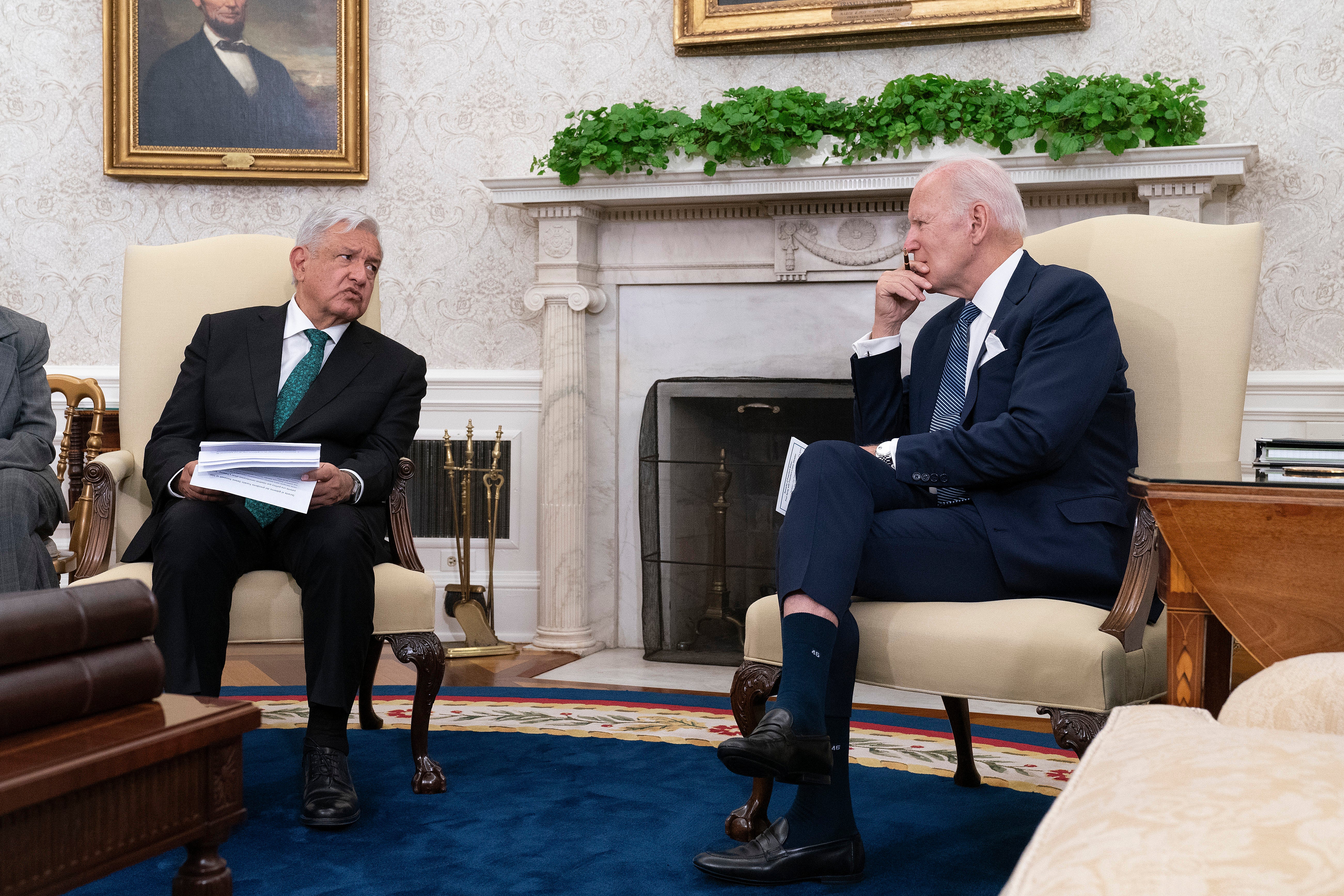
Camarena was an agent assigned to the DEA’s Mexico office in 1981. By 1985, according to the DEA’s account, “he was extremely close to unlocking a multibillion-dollar drug pipeline.”
But on 7 February 1985, he was kidnapped while heading to a luncheon with his wife.
It was Caro Quintero, then the leader of the Guadalajara Cartel, who US officials say ordered Camarena’s kidnapping. It was an attempt to extract information from the agent, according to the officials, and punishment for Camarena’s investigative work. Investigators allege that a doctor was on hand to keep him alive while he was tortured.
According to an autopsy, Camarena was killed when a blunt instrument struck him in the head. His body was found on 5 March 1985, buried in a remote ranch, wrapped in a plastic bag.
Caro Quintero was apprehended months later and sentenced by a Mexican federal judge to 40 years in prison for Camarena’s killing and other crimes. But in 2013, a Mexican appeals court overturned the sentence, arguing that the case should have been overseen by a state court. Caro Quintero was abruptly released and he immediately disappeared. Within days, the RCQ Task Force had been formed to apprehend him once again.
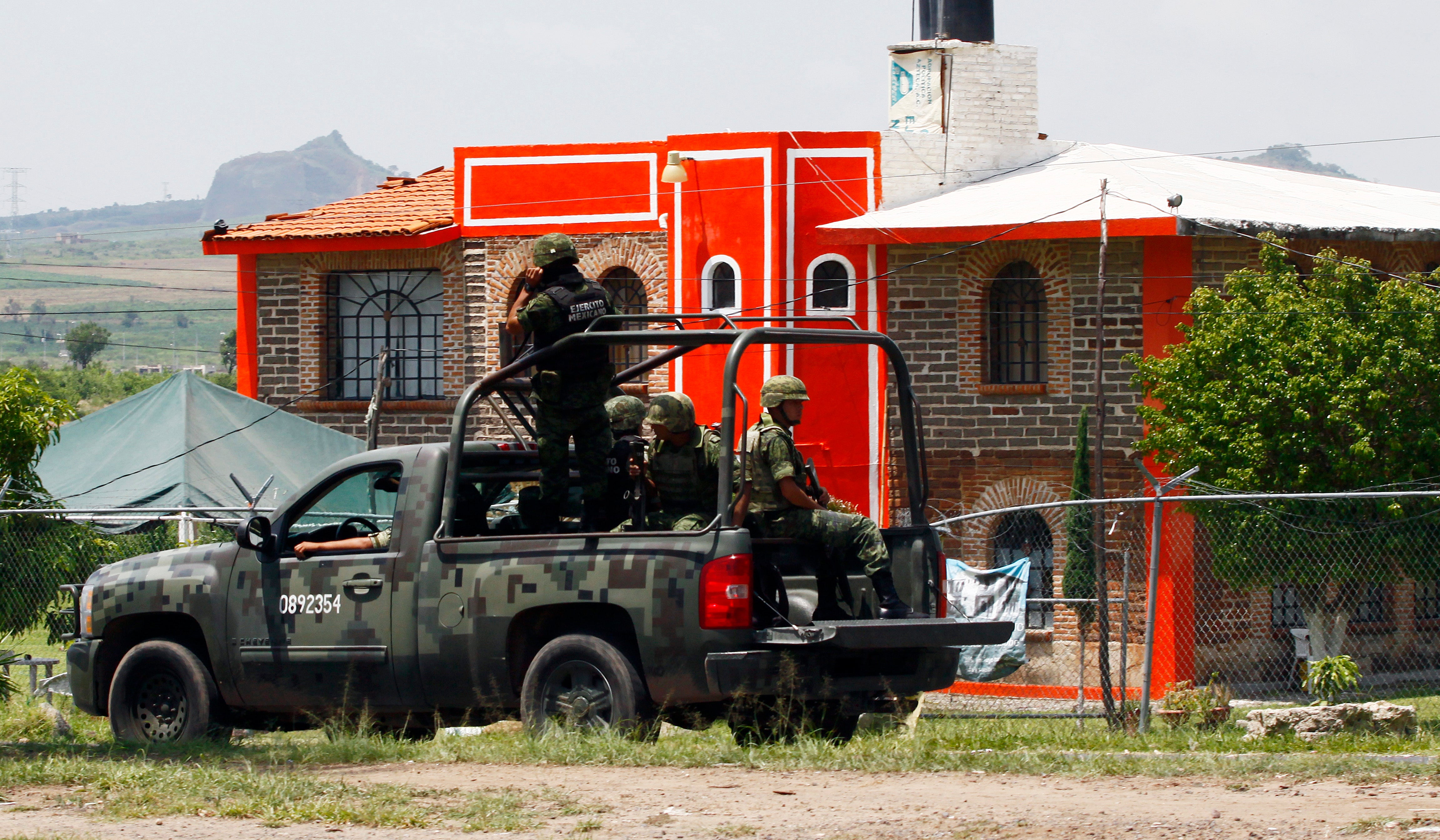
The task force’s first leader was an agent who had previously been based in Guadalajara and had worked at the same desk where Camarena once sat.
Apprehending Caro Quintero became his full-time job. But the trafficker had been out of the game for 28 years.
“He had no active phone numbers or ties. He was starting from scratch, and so were we,” the agent said.
The first operation the RCQ Task Force staged, in 2015, was with about a dozen Black Hawks.
“More than in the Bin Laden operation,” the head of the task force said.
DEA agents landed in helicopters along with Mexican marines and soldiers in Babunica. They couldn’t believe what they saw: Caro Quintero’s lookouts running away.
One DEA agent recalled attending an equestrian event at the Guadalajara Jockey Club. He looked to his right, and there was Héctor Caro Quintero Elenes, Rafael’s son
“It was like when you spray a roach nest with anti-insect spray. Everyone just scattered,” the head of the task force said.
Caro Quintero himself was gone. The agents would later learn that he frequently fled into the hills of Sinaloa, where helicopters couldn’t land, to avoid the raids. What Mexican troops and US officials discovered in his village was not the lifestyle typical of a man whose wealth is estimated in the tens of millions of dollars.
“He was living like a campesino,” the agent said. A campesino is a peasant farmer.
Even though the operation was unsuccessful, US agents believed they had sent a message to Caro Quintero.
“To remind him that we were still looking for him,” the agent said.
“But I didn’t think it was going to take nine years.”
By the 2010s, DEA agents in the Guadalajara field office had become accustomed to a disquieting reality. They spent many of their days assisting in the hunt for Caro Quintero. But when they left their office, the signs of his family’s wealth were everywhere.
The US government had linked Caro Quintero to some of the city’s most valuable real estate – condominiums, homes, gas stations and storefronts, some of them around the corner from where DEA officers lived. Caro Quintero had invested well. His real estate holdings had increased many times over during his years as a prisoner and a fugitive.
“Quintero allegedly placed the properties in the names of family members to conceal his ownership,” the US Justice Department said last year.
In 2019 and 2021, the Treasury Department asked the Mexican government to seize a handful of those properties.
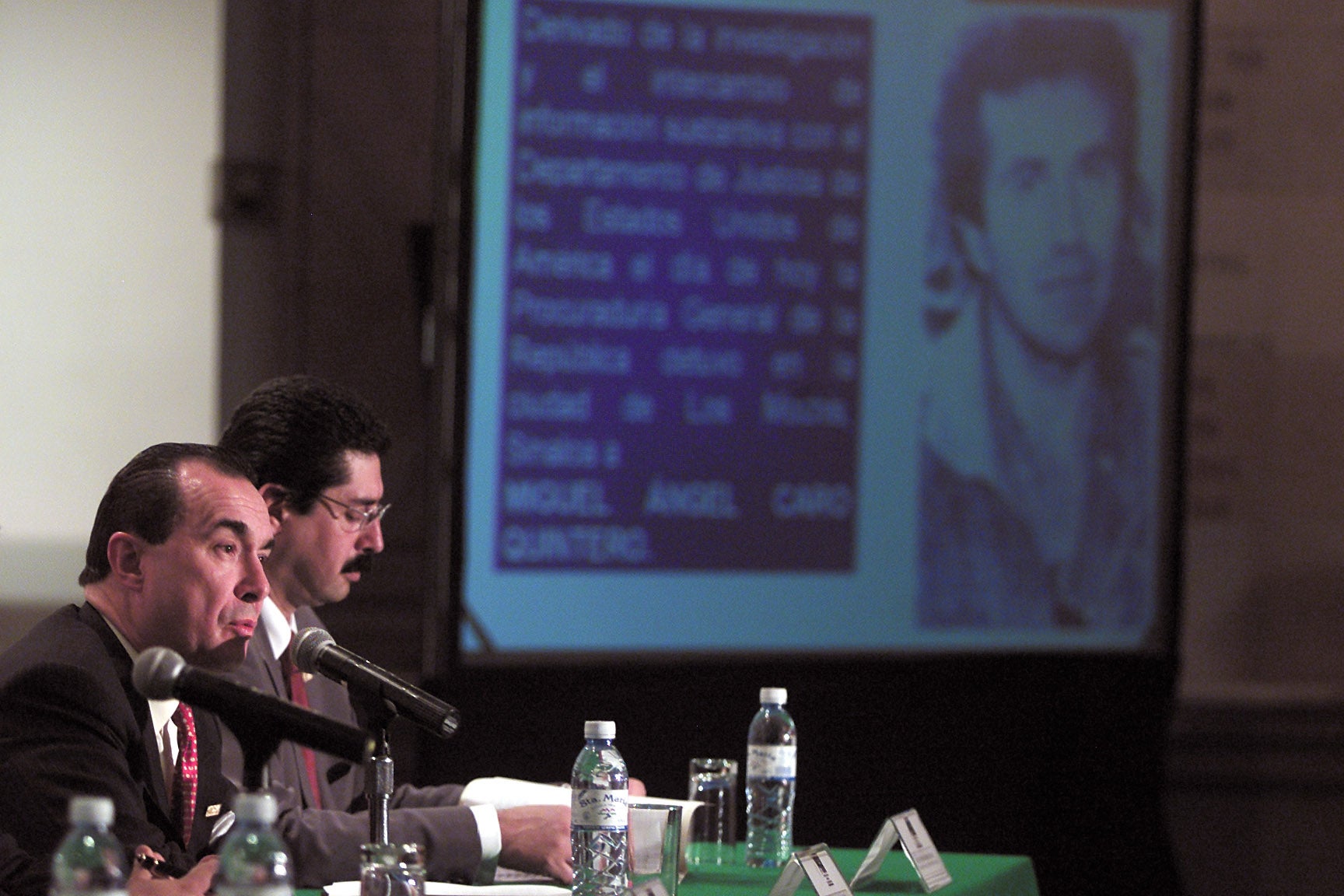
But by then, Caro Quintero’s relatives had become prominent figures in the city. They hired well-known attorneys and have repelled attempts to seize their property.
One DEA agent recalled attending an equestrian event at the Guadalajara Jockey Club. He looked to his right, and there was Héctor Caro Quintero Elenes, Rafael’s son. Héctor was one of Mexico’s most successful equestrian athletes.
“It was bizarre,” the agent said. “You’re staring at the son of the guy you’re trying desperately to find.”
Rumours spread about the Caro Quintero family, especially Héctor. He served his nanny caviar, some people at the Jockey Club said. He declined to attend equestrian competitions in the United States because he was worried about being arrested, other riders said.
Meanwhile, his father was sleeping in a tent in the Mexican highlands. Caro Quintero, in a 2018 interview with Mexican investigative journalist Anabel Hernández, said he was tiring of the constant efforts to capture him. US officials had heard that he was considering turning himself in.
“I’m being persecuted,” he told Hernández. “Strong operations from all sorts of governments. I ask myself: until when? Why?”
Unlike Ismael Zambada, Nemesio “El Mencho” Oseguera or Joaquin “El Chapo” Guzman before his arrest, Rafael Caro Quintero was not as powerful as he had once been. The reason he was the most wanted fugitive in Mexico was not because of his relevance to the drug trade, but because of his role in Camarena’s murder.
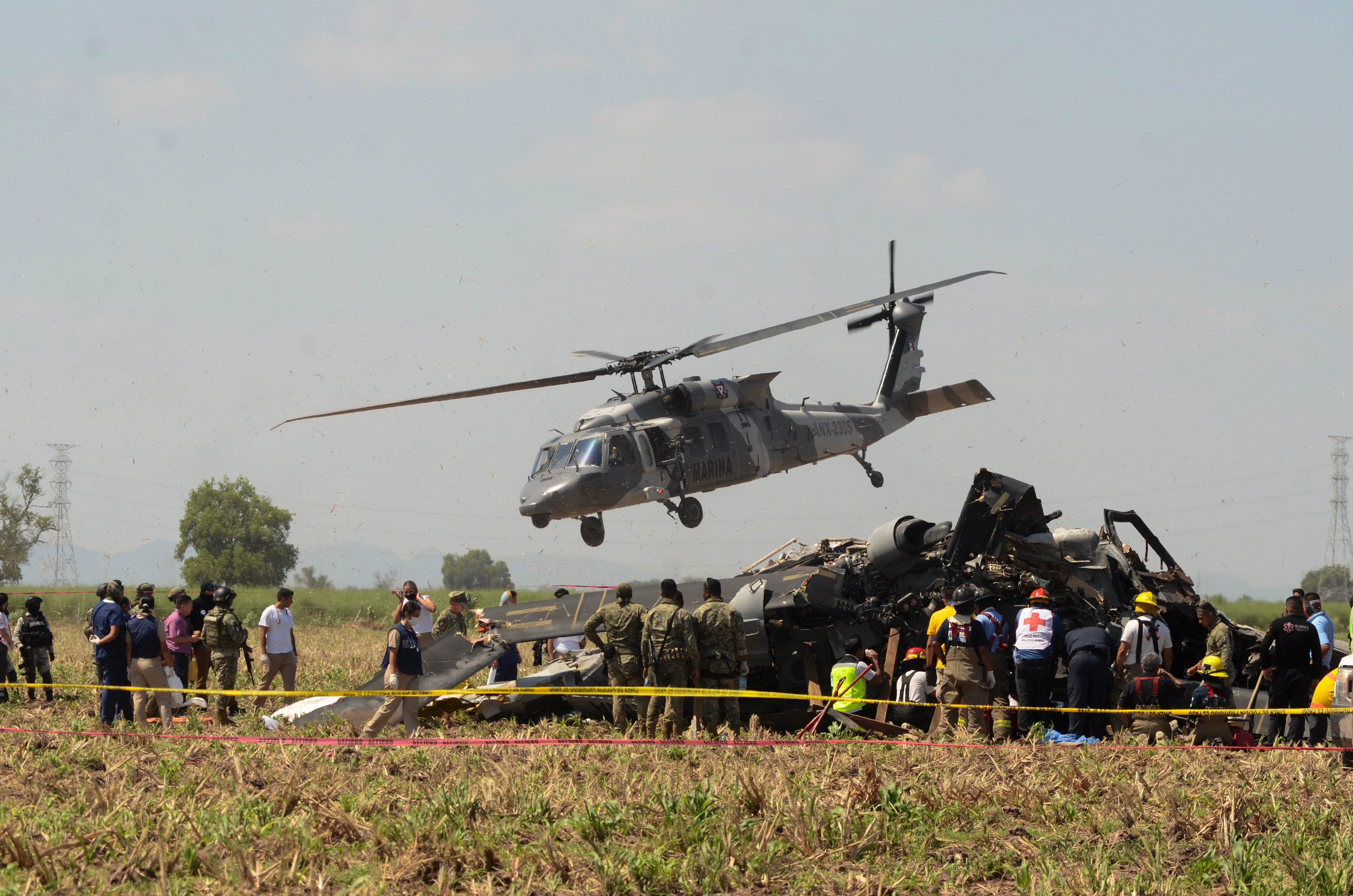
“It was unfinished business,” one former DEA official said.
So how did authorities eventually nab Caro Quintero? It depends on who you ask.
Ramírez said the tip on Caro Quintero’s whereabouts came from a neighbour complaining about a raucous party in the early hours of 15 July in the village where he was hiding.
A spokesman for Mexico’s navy, Rear Admiral José Orozco, said marines “had been following him for a few months” and that the Navy’s intelligence unit had determined his location.
A former US official with knowledge of the operation provided yet another account.
The most recent iteration of the Caro Quintero investigation began at least eight months ago and involved US anti-drug agents providing intelligence and other assistance to veteran Mexican marines special forces, the former official said.
After López Obrador returned from a 12 July meeting with President Joe Biden in Washington, senior Mexican military leaders signed off on the capture, the former US official said. DEA officials were following the unfolding operation but not physically present when the capo was arrested, he said. Mexican officials denied the detention was linked to the bilateral meeting three days earlier.
The disparate accounts converged on one detail: when the marines arrived, Caro Quintero tried to hide in some scrub. A 6-year-old bloodhound named Max sniffed him out.
The news broke in Mexico on Friday afternoon. Immediately, questions turned to his potential extradition to the United States, an uncertain process that seems likely to take weeks or months.
At the US Embassy in Mexico City, a champagne toast was prepared. Officials began the process of deciding how much of the $20m bounty to allocate – and to whom.
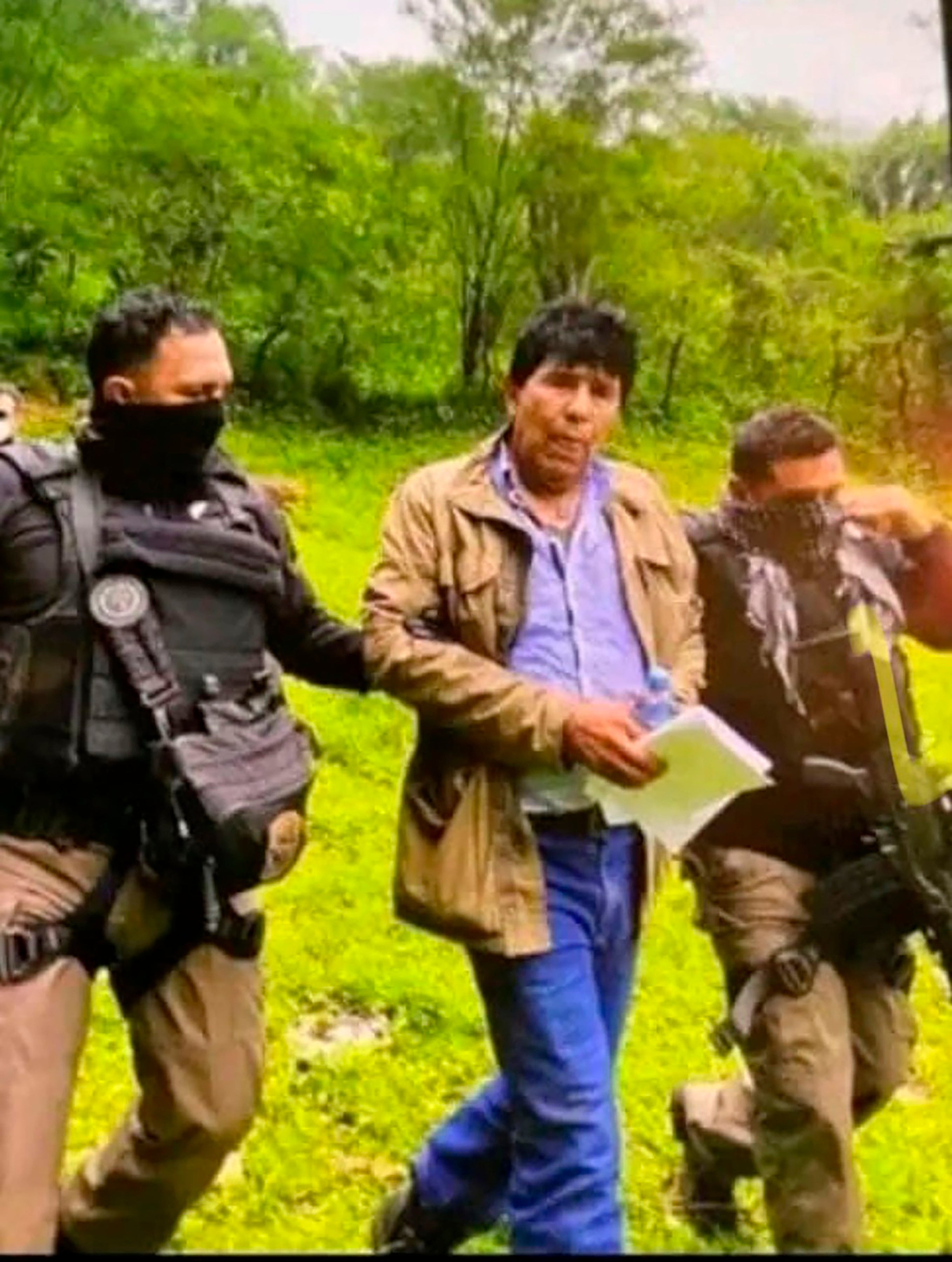
Former and current members of the RCQ Task Force exchanged an avalanche of congratulatory text messages. The unit’s founder took a picture of the tequila he was drinking and sent it to a former colleague.
The men looked at newly released images of Caro Quintero.
“He looked rejuvenated and like a spring chicken with jet black hair,” said the founder of the task force.
Before the champagne could be cracked at the US Embassy, more news broke.
One of the helicopters carrying Mexican marines involved in the raid had crashed in Sinaloa, killing 14 service members. The incident remains under investigation, but it appears likely that the craft ran out of fuel, officials say.
At the US Embassy, the champagne was put away.
A few days later, López Obrador took the stage at his daily news conference. He said the DEA “had no direct role” in the capture.
Some of the former DEA agents exchanged messages. They weren’t surprised that López Obrador wasn’t going to offer them credit. But it was still an odd conclusion to their nine-year quest.
“We know the story of how we got him,” said one former agent. “What matters is that he spends the rest of his life behind bars.”
© The Washington Post




Join our commenting forum
Join thought-provoking conversations, follow other Independent readers and see their replies
Comments